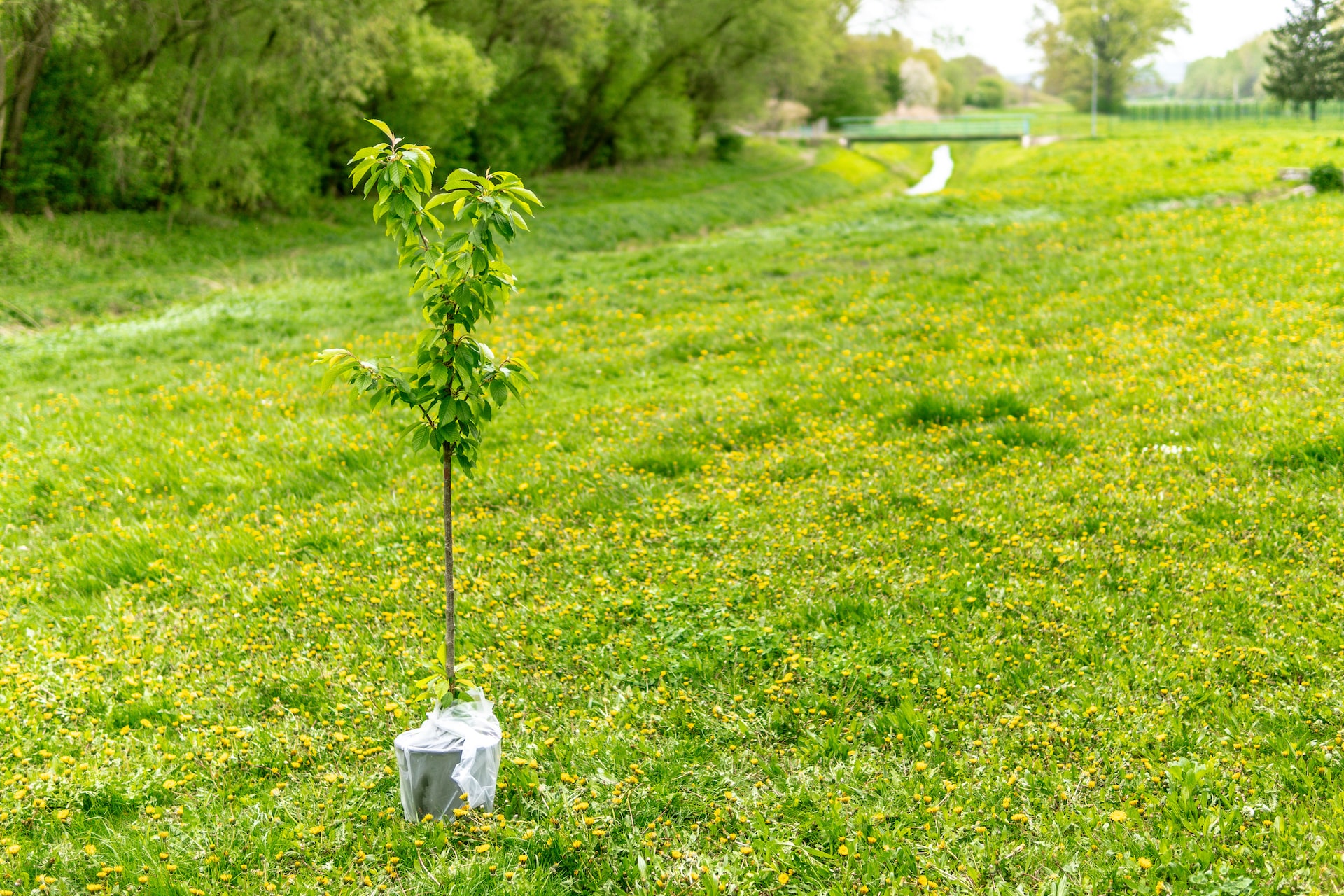
How Planting Trees Can Benefit Your Business
Businesses are increasingly recognizing the importance of sustainability, not only for ethical reasons but also for economic ones. Companies that operate in a sustainable manner tend to be more competitive, attract more customers, and create more value for shareholders. One of the most effective ways for businesses to contribute to sustainability is by planting trees. In this article, we will explore why businesses should plant trees and how they can do it.
Why Planting Trees is Good for Business
1. It can offset carbon emissions
One of the main reasons businesses should plant trees is that trees absorb carbon dioxide from the atmosphere and store it in their biomass. This makes them an effective tool to offset carbon emissions, which is increasingly important in a world where climate change is a pressing issue. By planting trees, businesses can not only reduce their carbon footprint but also contribute to the fight against climate change.
2. It can enhance corporate social responsibility
Corporate social responsibility (CSR) is becoming an increasingly important factor for consumers when making purchasing decisions. Businesses that engage in sustainable practices, including tree planting, can enhance their CSR and improve their reputation among customers. This, in turn, can lead to increased loyalty, brand recognition, and sales.
3. It can create positive environmental impact
Planting trees can have a direct and positive impact on the environment. Trees help to purify the air, reduce soil erosion, conserve water, and provide habitat for wildlife. By investing in tree planting, businesses can contribute to the preservation and restoration of ecosystems, which benefits not only the planet but also future generations.
4. It can generate economic benefits
Planting trees can also generate economic benefits for businesses. For example, businesses can sell timber, fruit, or other products derived from trees. Additionally, tree planting can create jobs in the forestry sector and stimulate economic growth in rural areas. Furthermore, businesses that invest in sustainability are more likely to attract investors who are interested in companies that have a positive impact on society and the environment.
5. It can foster innovation and collaboration
Planting trees can also foster innovation and collaboration within a business. For example, businesses can partner with other organizations, such as NGOs, governments, or other companies, to plant trees and create a network of stakeholders that share a common goal. This can lead to new ideas, partnerships, and innovations that can benefit the business and society as a whole.

How Businesses Can Plant Trees
Now that we have explored the reasons why businesses should plant trees, let’s discuss how they can do it. There are several ways for businesses to plant trees, depending on their objectives, resources, and location. Here are some examples:
1. Partner with NGOs or governments
Businesses can partner with NGOs or governments that have experience in tree planting and restoration. These organizations can provide expertise, resources, and connections that can help businesses achieve their tree planting goals. Additionally, partnering with NGOs or governments can enhance a business’s reputation and create a network of stakeholders that share a common vision.
2. Support reforestation projects
Businesses can also support reforestation projects that are already underway. For example, they can invest in afforestation or reforestation projects that are certified by reputable organizations, such as the Forest Stewardship Council (FSC) or the United Nations’ Reducing Emissions from Deforestation and Forest Degradation (REDD+) program. By supporting these projects, businesses can contribute to the restoration of degraded forests and ecosystems, as well as create positive social and economic impacts in local communities.
3. Establish green spaces
Businesses can also establish green spaces on their own premises, such as rooftops, courtyards, or parking lots. These green spaces can help to reduce the urban heat island effect, improve air quality, and provide a pleasant environment for employees and customers. Additionally, businesses can use these spaces to grow food, which can be used in the company cafeteria or donated to local charities.
4. Offset carbon emissions
Businesses can offset their carbon emissions by investing in tree planting projects. Many organizations offer carbon offsetting programs that allow businesses to calculate their carbon footprint and invest in tree planting projects that offset their emissions. This can be an effective way for businesses to achieve their sustainability goals and enhance their reputation.
5. Engage employees and customers
Finally, businesses can engage their employees and customers in tree planting initiatives. For example, businesses can organize tree planting events or sponsor tree planting campaigns that involve employees and customers. This can not only create a sense of pride and ownership among stakeholders but also raise awareness about the importance of tree planting and sustainability.

How Many Trees Should a Business Plant?
Determining how many trees a business should plant depends on several factors, including the size of the company, the industry it operates in, and the environmental impact of its operations. There is no one-size-fits-all answer, but there are several guidelines that businesses can follow to determine their tree planting goals.
One common approach is to calculate the business’s carbon footprint and then use this information to determine how many trees are needed to offset its emissions. The amount of carbon sequestered by a tree varies depending on the species, age, and location of the tree, but on average, a mature tree can absorb between 48 to 150 pounds of carbon per year. Businesses can use this information to estimate how many trees they need to plant to offset their emissions.
Another approach is to set a target for the number of trees to plant based on the company’s size or revenue. For example, a business might commit to planting one tree for every $1000 in revenue or one tree for every 10 employees. This approach can help businesses set achievable targets and create a sense of ownership and engagement among stakeholders.
It is also important for businesses to consider the location and type of trees they plant. Planting native tree species that are adapted to the local environment can have a greater impact on ecosystem restoration and biodiversity. Additionally, businesses should consider planting trees in areas that have been degraded or deforested, rather than areas that are already forested.
Ultimately, the number of trees a business should plant depends on its sustainability goals and its capacity to plant and maintain trees. By setting achievable targets and engaging stakeholders, businesses can contribute to the restoration and preservation of ecosystems, offset their carbon emissions, and enhance their reputation as sustainable and socially responsible organizations.
Conclusion
In conclusion, planting trees is not only good for the environment but also for business. Businesses that invest in tree planting can offset their carbon emissions, enhance their CSR, create positive environmental impact, generate economic benefits, and foster innovation and collaboration. Additionally, there are several ways for businesses to plant trees, including partnering with NGOs or governments, supporting reforestation projects, establishing green spaces, offsetting carbon emissions, and engaging employees and customers. By planting trees, businesses can contribute to a sustainable future for themselves and for the planet.
Going green? Eco-Upgrade Your Business: 10 Swaps for Sustainability